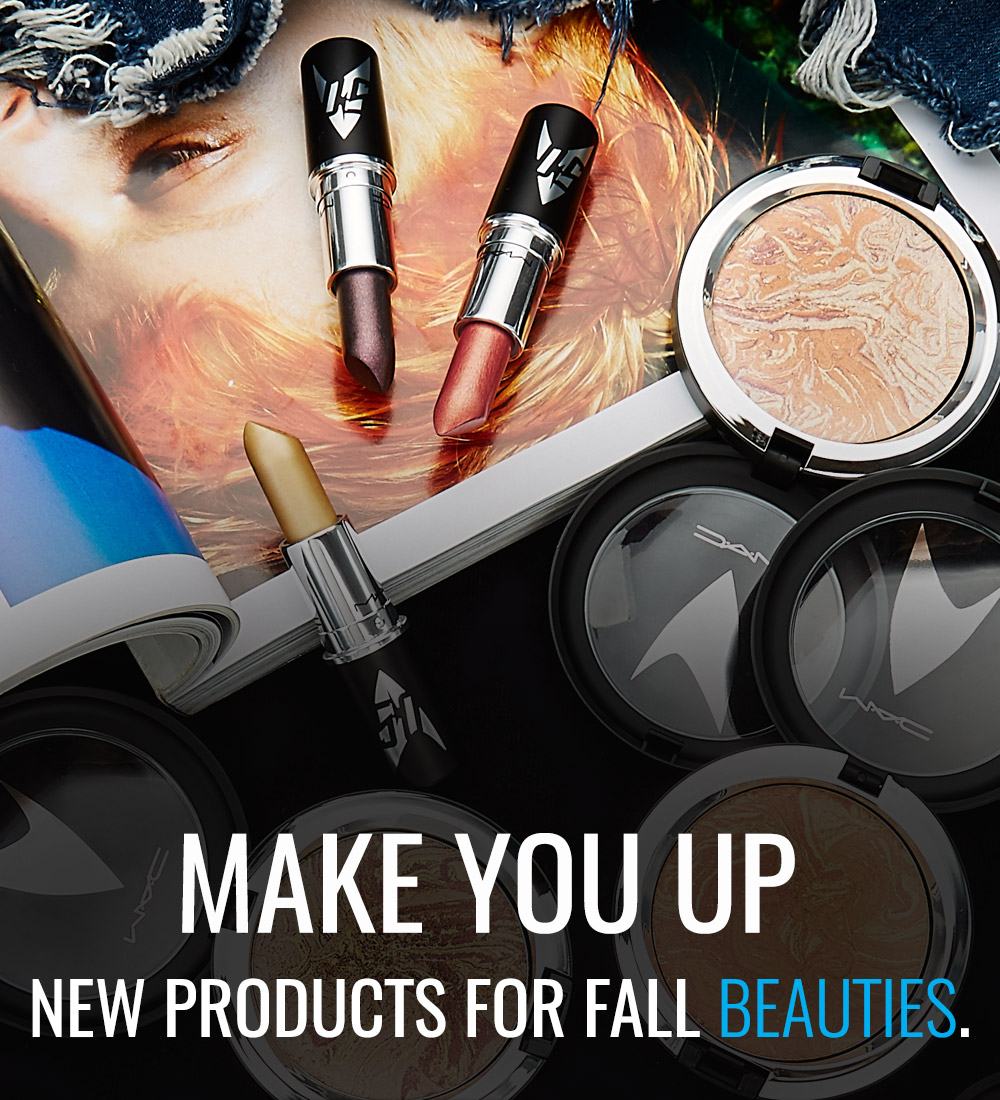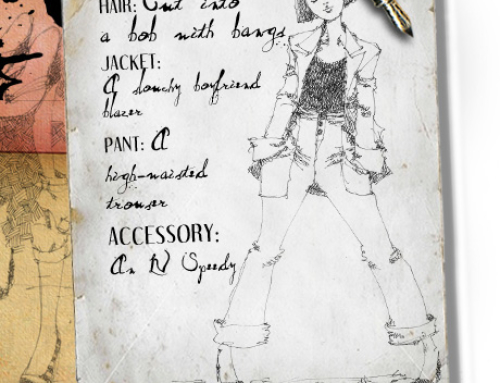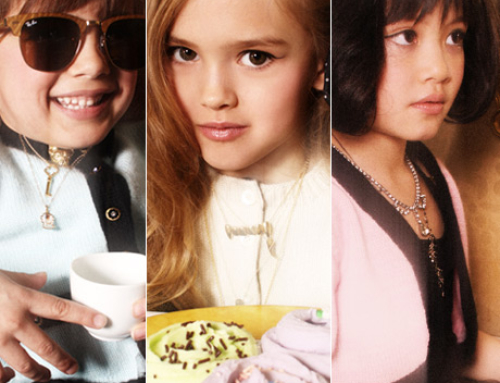“I believed I didn’t have the sand to build my way up within the fashion industry” is the humble (to the point of being self-deprecating) statement Amanda Henderson opens our interview with. An unexpected admission, from the Fashion Institute of Technology graduate, former intern at 3.1 Phillip Lim, and recent Critic Award Winner for her BFA collection, judged by those including Calvin Klein and Carolina Herrera.
Given the absence of ego and abundance of talent, it’s hard to not be a fan of Henderson and a collection of knitwear she describes as “oversized and primordial meets polished and delicate”. A Long Island native, the designer is fast proving her prowess with a good ball of wool. A knitwear force at the ripe age of 21, she approaches life with the same slow and simply attitude she does her fashion. As for her star, the acclaim of her hand-crafted collection has already catapulted it onto a fast-paced path not likely to slow down anytime soon. In her first interview, Henderson talks fashion, technique, and inspiration.
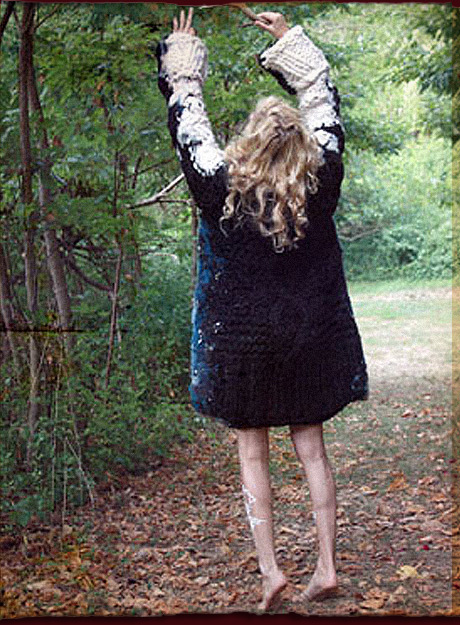

WHAT IS YOUR EARLIEST FASHION MEMORY?
My first runway show took place in Florida back in 1994 at the age of five. I foraged through many boxes of my great-grandmother’s collections of costume jewellery, high-heeled shoes, sunglasses, hats, scarves, and knick-knacks of sorts. I wore a pale yellow matching cotton t-shirt and shorts set, and layered on all that I could.
SO THEN WAS IT ALWAYS FASHION AS A CAREER PATH?
I have always valued the art to clothing design, and the part it plays in history. My mind is frequently drawn to it throughout each day. Up until this past year I believed I didn’t have the sand to build my way up within the fashion industry. However, each week I chip away at becoming passionately confident in my work, brave as a human being, resourceful and sharp of thought, and more compassionate and aware of the people and places carrying on around me. Fashion design has become the career path I feel I must pursue. I have a lot to prove to myself.
How would you describe your BA collection to
someone that has never seen it?
Relics of frozen worlds past, revived and repurposed by a graceful sea-child in a modern era. Oversized and primordial meets polished and delicate. Sky meets earth meets sea.
Sounds like quite a process.
I knit by hand, using either large needles or a home-knitting Brother machine, to achieve both looks. Techniques include RIT dye processes on side seams, needle felting, hand-beading, hand-painting with procion dyes (seen in tights), fully-fashioning and knit-to-shape, jersey, purl, rice, and knotted/bobble stitches as well as 2×2 ribs and clean finishes. To sum up: multi-step processes to complete the garment construction, otherwise, simple seam work and silhouette.
How does your final year collection differ from previous years?
During my last year, the focus shifted from individual projects towards achieving one whole vision in the most efficient, and successful way possible. It was about creating a representation of myself as a strong designer, rather than a student. Up until that point, the garments I constructed and my train of thought were not always cohesive, or deeply meaningful to me. Also, prior to my senior collection I had focused more on cut-and-sew knit construction and stitch design rather than fully-fashioning and sweater design. Everything I had learned in past years, and all of the weird bits of information I had gathered along the way came together in one swift wind. I felt completed by my thesis in the end.
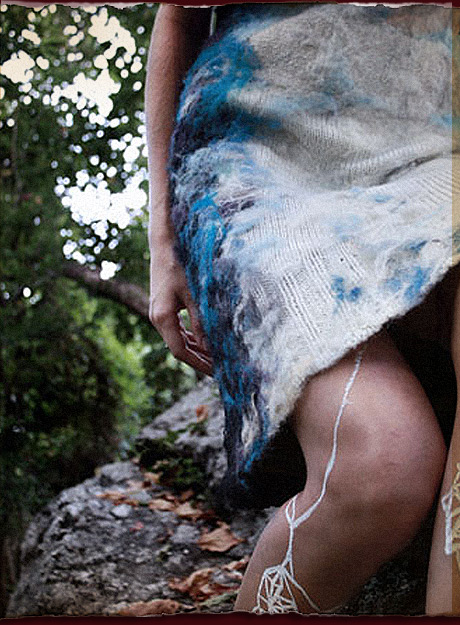
What were some of the ideas central to your thesis?
I would speak mainly of the element water. Three atoms that shift through change in physical form, and coexist on Earth in many states. I used wool as my focused material, and showed it throughout various processes. The patterns in the felting were very much inspired by weather patterns, cloud formation/appearances, and atmospheric occurrences. There was no set plan to the felting design, yet I worked very slowly, thought deeply and took time to really look at what I was doing. I wished to show the way my eye puts colour together naturally, down to the very fibre in a millimetre’s surface span.
Sounds pretty inspired by nature.
I was also inspired by crystalline solids (a solid material, whose constituent atoms, molecules, or ions are arranged in an orderly repeating pattern extending in all three spatial dimensions), drawing inspiration from crystals in appearance, and how colours naturally relate to each other within solid form. Also, the mathematical formulas that detail crystal formation and growth. The reactions between crystals and light. I learned of nomadic groups and the Nordic tradition for hand-knitting techniques.
Any other unusual origin tales?
I was influenced by outer space images of nebulas and theoretical illustrations of blackholes and time travel, as well as the physical equations and graphs exploring the theory of time-travel and space dimensions. These ideas served as inspiration for the hand-beading and stark contrast the garments hold in motion, while resting still and depending on where you are positioned as a viewer.
The proportions of your pieces are sort of
odd and experimental but the hand-knitted aesthetic
makes it feel accessible, though never traditional.
Was that the point of the design?
Yes, quite so actually. The simple garment construction and hand-crafted techniques are my ode to the origins of clothing. Each garment contains minimal seaming. Pattern pieces are based upon fundamental square and triangle shapes. I knit each pattern piece to shape, so the end result produced no waste. In this way, the garments are more practical, and the heavy knit fabrication serves functions of warmth and protection. It is wildly comfortable as well!
Did you have the runway in mind as much as comfort?
The processes of surface design and the exaggeration specifically of the coat and scarf pieces were designed with the runway show in mind. I wanted to create an overwhelming monster of a sweater that would take on its own personality. Something to breathe life into the primal ancestral sense that lies deep within each human, in a modern world where everyone has seen it all before. Born upon dark seas between sunset and rise, to creep out upon the frozen earth, and rest in shadow.
How does it feel to be the recipient of the Critic Award Winner this year?
It was mind-blowing! Truly a tremendous, surreal, fascinating and wonderful experience for me. I was, and continue to be, quite proud of the way everything ultimately turned out, and I’m glad others appreciated my work as well.
Any designers, fashion or otherwise, that have
informed your overall design aesthetic?
I admire Vionnet, Yohji Yamamoto, Rei Kawakubo, Junya Watanabe, Lanvin, and Prada. I take great inspiration from the Rodarte sisters and their masterly ability to show collage work through garment design. I also highly value my time spent interning at 3.1 Phillip Lim, and the direction that immensely talented label has taken. Otherwise, I seek to mimic the aesthetic of Goya’s paintings and etchings and Andy Goldsworthy’s ideal of natural progression shown through documentation. Also, the oddities and abstractions in Horst’s photography, blends in colour, texture and pattern shown through the work of textile designer Sheila Hicks and the storytelling of J.R.R Tolkien.
What will you be referencing for your next collection?
I started to put together a new journal a couple of weeks back in order to plan out a new collection. I would like to experiment more deeply with natural dye processes using sediment, juices, and other odd mixtures. I am inspired by the photography of Edward S. Curtis, maps of generalized bedrock geology and the collage of materials these maps depict. Continuing to focus on natural patterns and collages, experimenting with transparency, the building up of materials, textures and form and keeping themes of functionality and protection. Also, private/public garden and park planning, and man-made patterns meant to resemble those of nature and relate to surrounding environment. Lastly, the history of Everest mountain climbing and modern gear, as well as Mongolian armour.
Where would you like to be in 5 years?
Working successfully, with business partner, astonishing design talent, and close friend Will McLeod, in the field of creation. Providing interesting things for the people of Earth to look at. I would also like to make some money doing what I love to do!





